Celebrated. Significant. Unforgettable.
Layers of history, mountains of memories.
That's why, for the life of me, I cannot understand why some travelers
relegate this neighborhood to the back of the Paris burner, favoring the
more crowded arrondissements that cling to the River Seine.
Central Paris. Exactly what is it and where do you find it?
Whenever I watch House Hunters International, I have to grit my teeth a bit.
It seems that those who venture beyond the first seven
arrondissements fret about being too far from "central" Paris.
As my father used to say, they don't know sh*# from shinola.
Montparnasse is the perfect example.
Its border hugs Saint-Germain-des-Pres, a high-rent neighborhood
with all the advantages -- a major "must-see" on any Paris GPS.
The two are connected, yet their stature is miles apart,
the edge seemingly always awarded to St-Germain-DP.
But I think of it this way:
Montparnasse (14th arr.) is the backbone to
the more polished Saint-Germain-des-Prés (6th arr.),
the girl with all the guts who paved the way for her little sister's glory.
It's true, parts of Montparnasse are gritty -- pairing neon and
metropolitan gray with a nighttime glare that screams danger ahead.
So what if the 6th is younger, prettier and more refined than the 14th?
They both offer something special to the curious traveler.
Why limit yourself to the narrow endorsement of those who favor
rigidly sticking to their version of central Paris when you can walk just
a few blocks further and jump into the pages of a rollicking Rolling Stones experience....with a wide range of entertainment and interests that matter.
After all, you wouldn't give up your Mick Jagger
or your Michael Bublé; you love having it both ways.
So go ahead, love Montparnasse the way you already love
Saint-Germain-des-Prés and get ready to rock
the diverse life out of Paris and the diverse Paris out of life.
Montparnasse is certainly no exception to the rule.
Its village like atmosphere, particularly during the Jazz Age 1920's
right up to the dawn of WWII, was spectacularly intriguing.
From Hemingway and Picasso to Isadora Duncan and Savadore Dali,
intellectuals and artists ruled the day, living on booze and conversation
while suffering for their art in the squalid quarters that surrounded them.
As Jean Cocteau once famously quipped, "Poverty was a luxury in Montparnasse."
Their apartments were cramped and dark, often without heat or running water.
No wonder residents like Henry Miller and Samuel Beckett retreated
to the welcoming cafés and the imaginative
"family" that stimulated their novels and poetry.
The celebrated literary cafes brought left-leaning intellectuals like Leon
Trotsky and a medley of artistic characters and deep thinkers.
Writers, artists, performers, and philosophers arrived from every corner of the world.
They came for inspiration and the chance to meet others
who lived and loved life to the max.
Wine and cognac, love nests and hangovers are evidently the magical elixir
that breed poetry and brilliant artistic technique.
"That was the dream of Montparnasse: to live for the moments of the greatest intensity, to find in them a truthful inspiration, and to hell with all the rest."
Philip Sington, English Novelist
Dinner is the evening."
Art Buchwald, American writer & humorist
The cafés of Montparnasse were where you came to live life.
They were the living rooms of some of the most acclaimed artists of the day.
Ernest Hemingway wrote most of "The Sun Also Rises" on the terrace of
La Closerie des Lilas while Jean-Paul Sartre and
Simone de Beauvoir established themselves at Le Dome.
From Zelda and F. Scott Fitzgerald to Man Ray and Kiki de Montparnasse,
there was a lot going on both under and above the favorite tables of the 14th.
Today you can choose from any of the old superstar cafés, many of which
have been either upgraded or restored to their former glory.
The remarkable La Coupole will never go out of style, its huge dining hall
teeming with hundreds of chatty and happy customers.
A platter of raw oysters paired with a glass of chilled champagne
will fill you with a joie de vivre like no other.
Nearby Le Dome offers the freshest seafood in the city while Le Duc's
quiet glamour cooks up some of the best fish in France.
Why so much seafood in Montparnasse?
That one's easy.
Since 1840, la Gare Montparnasse has served Brittany and the Atlantic Coast, bringing Breton coastal culinary savvy (as well as crepes!) to its gate.
Dig a little deeper into the neighborhood and you'll discover a real Breton
lighthouse that lights the way to an enormous local fish market.
One thing for sure, you'll never go hungry in Montparnasse.
"There is never any ending to Paris."
Ernest Hemingway, American Writer & Journalist
appear a bit gruesome and gray, there are just as many hug-worthy
little avenues and alleys that remain lovely and inviting.
House "hunting" is one of my favorite guilty pleasures as I navigate from
one great Paris landmark to the next -- and in Montparnasse, it's a real treat.
One day, when walking from Place Denfert-Rochereau to parc Montsouris
along leafy green avenue René Coty, I was so deep into my house-hunting
fantasy that I was almost sorry when I arrived at my pretty destination.
But then again, the park did not disappoint.
Certainly not as famous as some of the more promoted parks in Paris,
parc Montsouris is a name and address to remember.
If you're looking for the real Paris, look no further.
Typical in the age of Napoleon III and chief city planner Baron Haussmann,
the park, opened in 1869, offers their well known signature -- wide open spaces
and lush English-style landscape for all lucky enough to walk the inviting lawns.
Your happy feet will glide past picnicking locals and a man-made
lake filled with wild ducks and exotic swans.
A guignol (puppet) theater and a gastronomic restaurant -- tempting terrace
of course -- and hundred of trees, flowers and shrubs complete the pretty
postcard minus the familiar crowds of a Tuileries or a Luxembourg.
It's all picture-perfect and you won't even mind breaking a sweat
as you climb the gentle slopes from one end to the other.
Special Note: This is the park where my favorite
middle-age-lonely-heart-fanny-pack-white-athletic-shoe-wearing-American
finally finds something she's been looking for all her life... well, I don't want
to give it all away but if you haven't seen Alexander Payne's "Paris, Je t'Aime",
it's a piece of cinema history that you'll cherish for years to come.
Tip: Don't miss the side streets that surround the park where you're
sure to find your "own" wisteria covered mansion....
The Musée Bourdelle is a great discovery, an actual artist
studio-museum that's a bit off the tourist circuit -- no crowds -- featuring
incredible sculpture by Rodin's chief assistant. Read more here.
The modern glass facade of Fondation Cartier pour l'Art Contemporain on
Boulevard Raspail is hard to miss and you never know what to expect inside.
We once visited a rollicking multi-media exhibit featuring American Rock 'n Roll.
As you leave, take a moment to admire the gorgeous tree-lined avenue with its
grand apartment buildings, wrought-iron balconies and quiet elegance.
Side streets are more than a second thought in Montparnasse.
A few of my favorites include rue de la Grande Chaumiere (Antoine Bourdelle
and Modigliani were here) and rue Campagne-Premiere.
I once stayed in a hotel on the latter just because it was the former love nest
of Man Ray and Kiki de Montparnasse -- so maybe the WiFi wasn't the best,
but I thrilled to the feeling of being front and center in Paris history.
If museums and historic cafés are too staid for your taste, there's always
Pari Roller -- sometimes referred to as Friday Night Fever.
It originates in Montparnasse not from from the Tower (I've been trying
not to refer to that tall black thing on the horizon) so if you're brave
and have abundant insurance coverage, it's probably a hoot.
Hundreds, at times, thousands of roller-bladers show
up for a police escorted glide through the city.
For you shoppers, try to squeeze in a Sunday visit to the marché aux puces
at the Porte de Vanves, a lovely peek
into the way real Parisians spend their leisure time.
It's affordable enough for cheapskates like me and all of you collectors out there
will particularly appreciate the offbeat small treasures that will fit in your suitcase.
is arguably the most famous landmark in Montparnasse.
It's cool and creepy, a curious mix of city planning and macabre amusement.
Judging by the lines wrapped around the entrance come rain or shine,
most visitors will do anything to scare up a little taste of hellish fun.
The bones of 6,000,000 people piled up as high as your shoulders pale in comparison to the unfathomable 3,000 kilometers of damp tunnels
that lie beneath the civilized streets of Montparnasse.
A creep show for sure though after a few hundred bones, claustrophobia and
spiral staircases are in fact, a bit more ghastly than the actual skeletal remains.
Afterwards, it's always a good idea to reward yourself and all your earthly remains
to the joys of middle class market street rue Daguerre, just a few blocks further.
As I said in an earlier blog about this remarkable cobbled stretch
of real Paris, life is good on rue Daguerre.
And if you still have some doubts, just try a bite or two of Camembert
from famous fromage purveyor Androuet or better yet,
enjoy a relaxing lunch on the terrace of Maison Péret,
boasting four generations (open since 1908) of wine wisdom.
Begin perhaps with some goose rillettes or charcuterie from
the Auvergne or save your appetite for my favorite classic -- open
faced toasts (Poilane!) topped with melting cheese: Bleu d'Auvergne,
Rocamadour and Saint-Nectaire, paired with one of their recommended wines.
Finish off with a scoop of Berthillon -- save some raspberry-rose for me -- and
say "Merci, Montparnasse" as you wonder why you've never been here before.
at the engaging streets of Montparnasse, guardian of the Left Bank.
Mix it up. Spice it up.
It'll make you move like Jagger.
"Anything worth doing is worth overdoing."
Mick Jagger


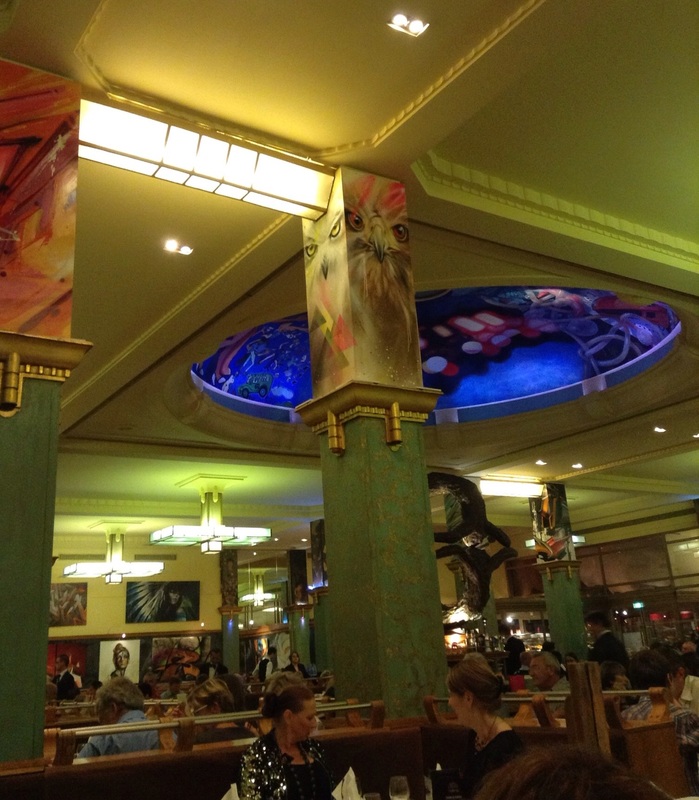

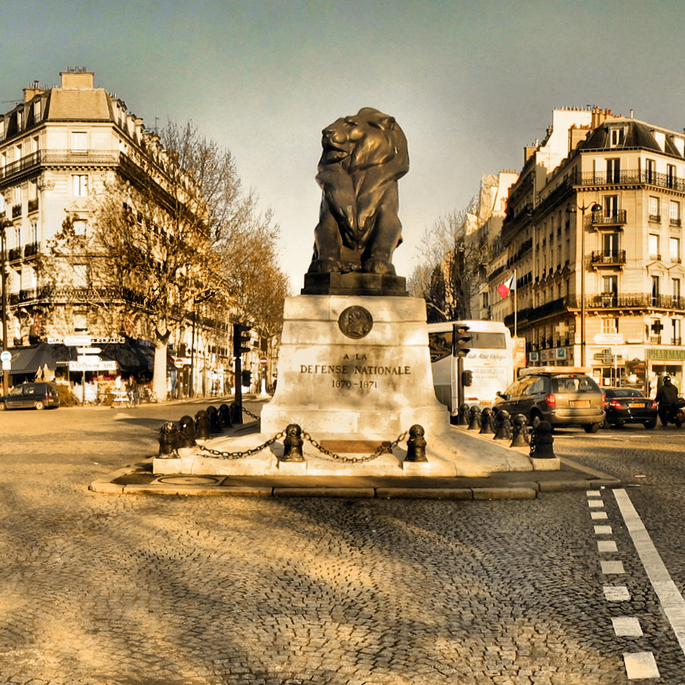
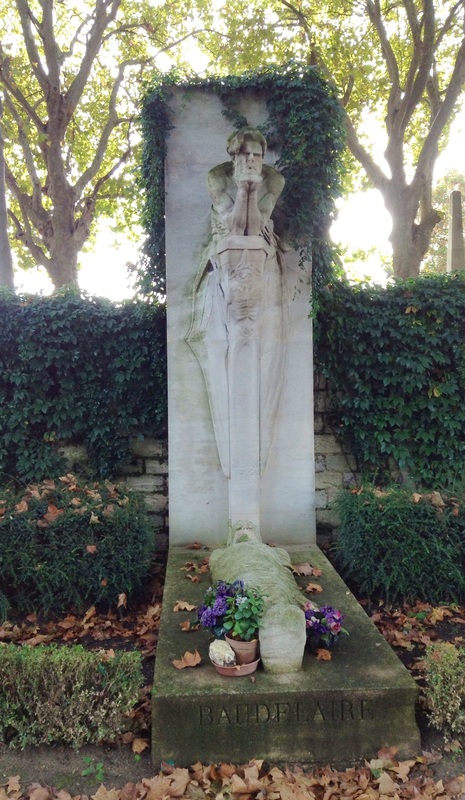

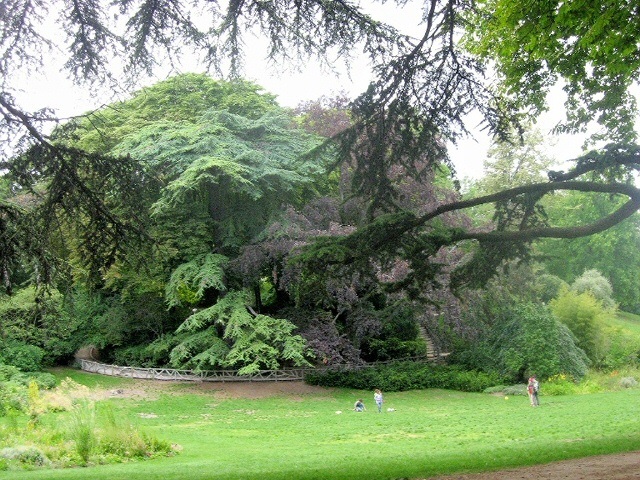
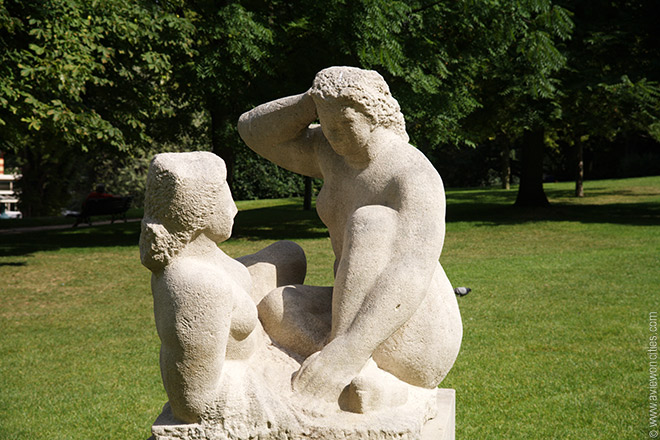


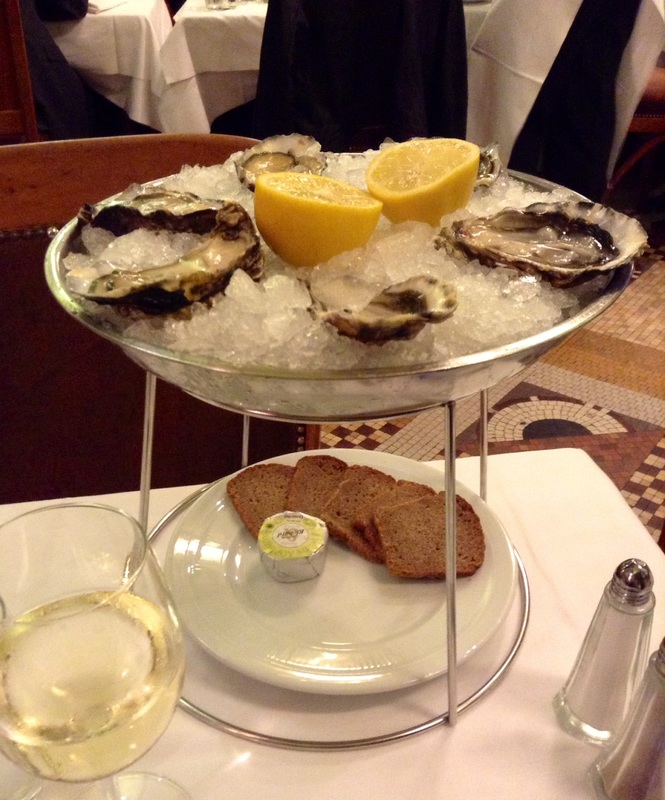




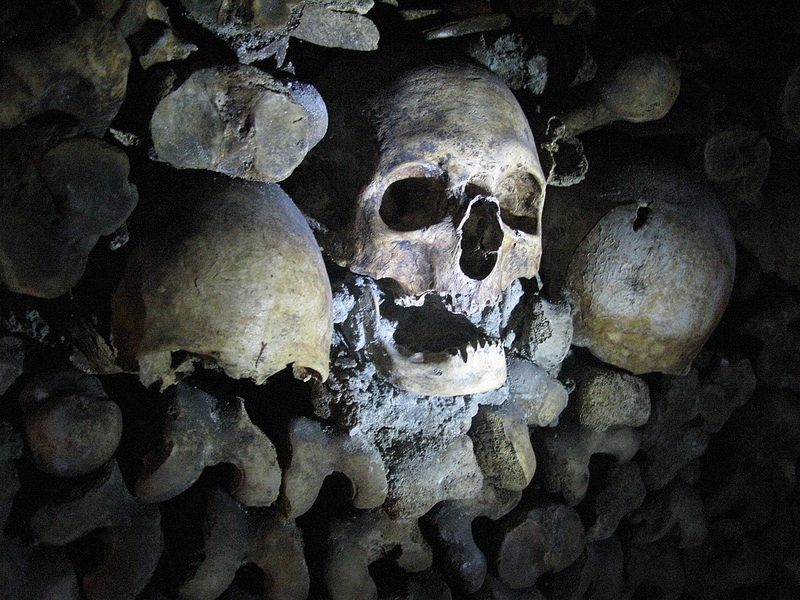




 RSS Feed
RSS Feed
